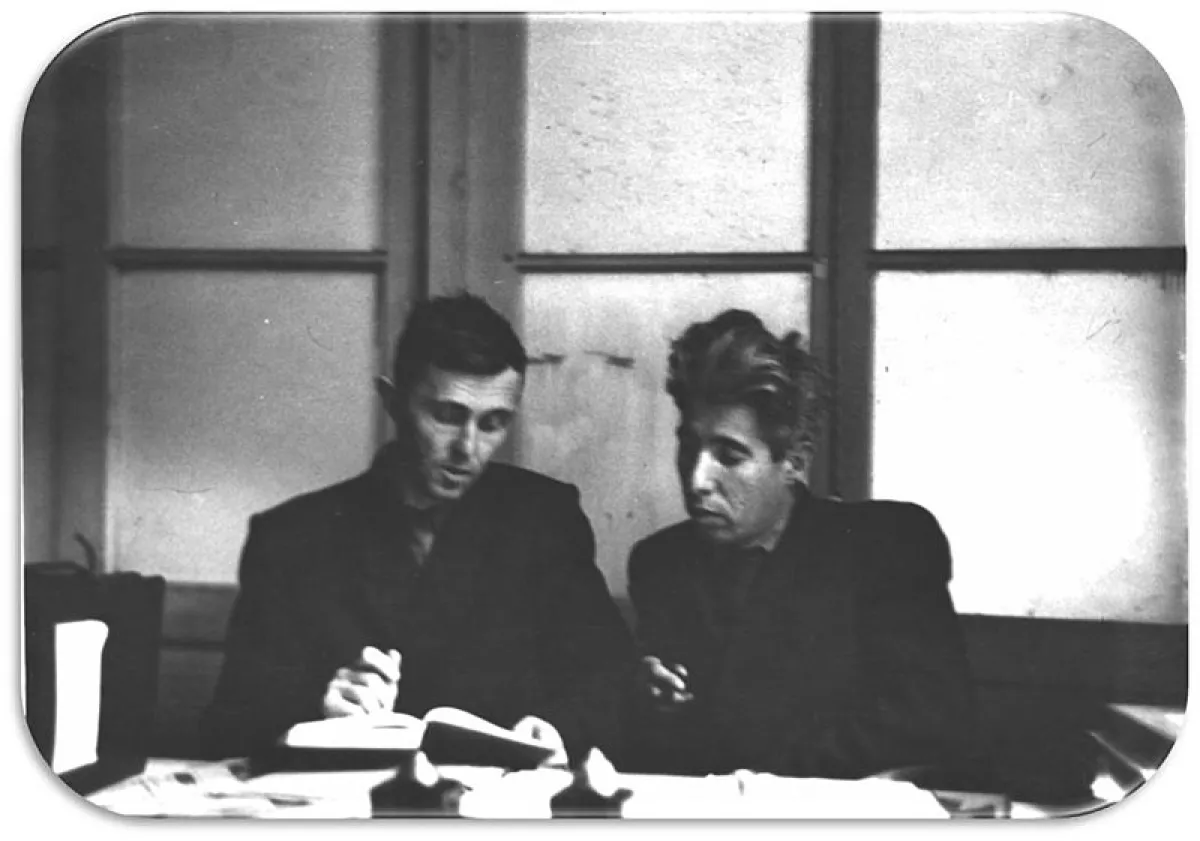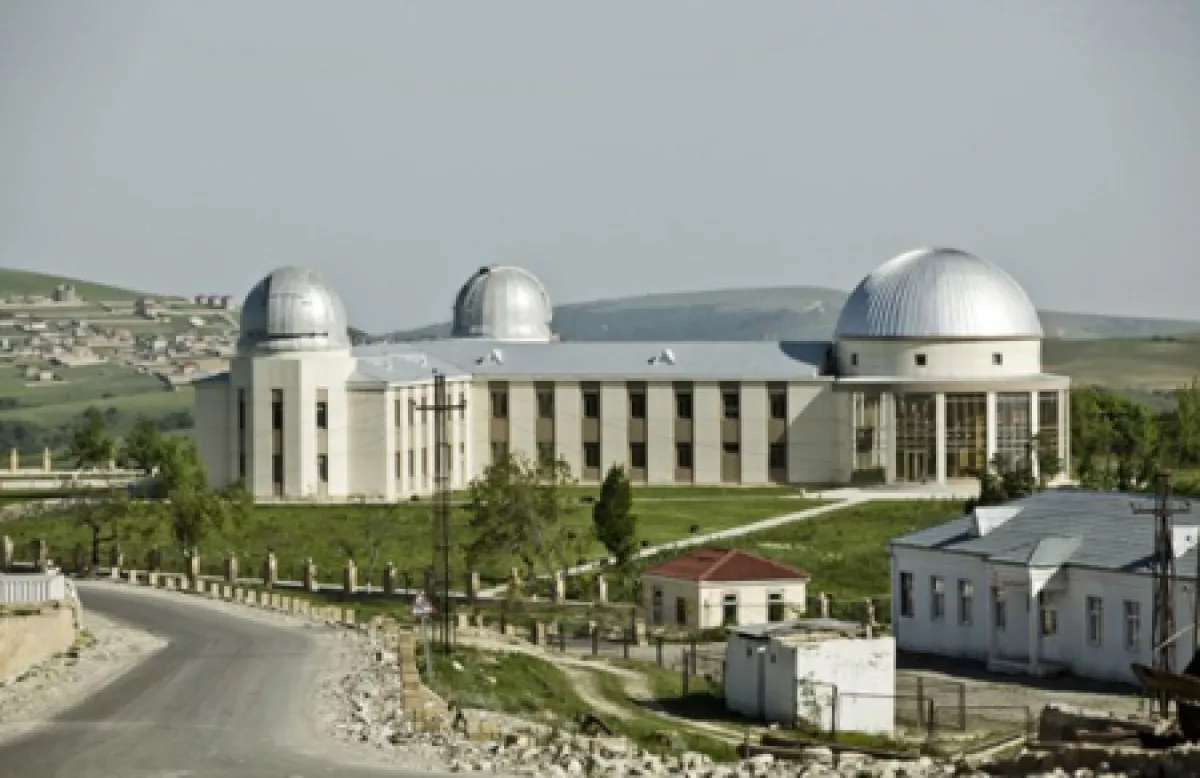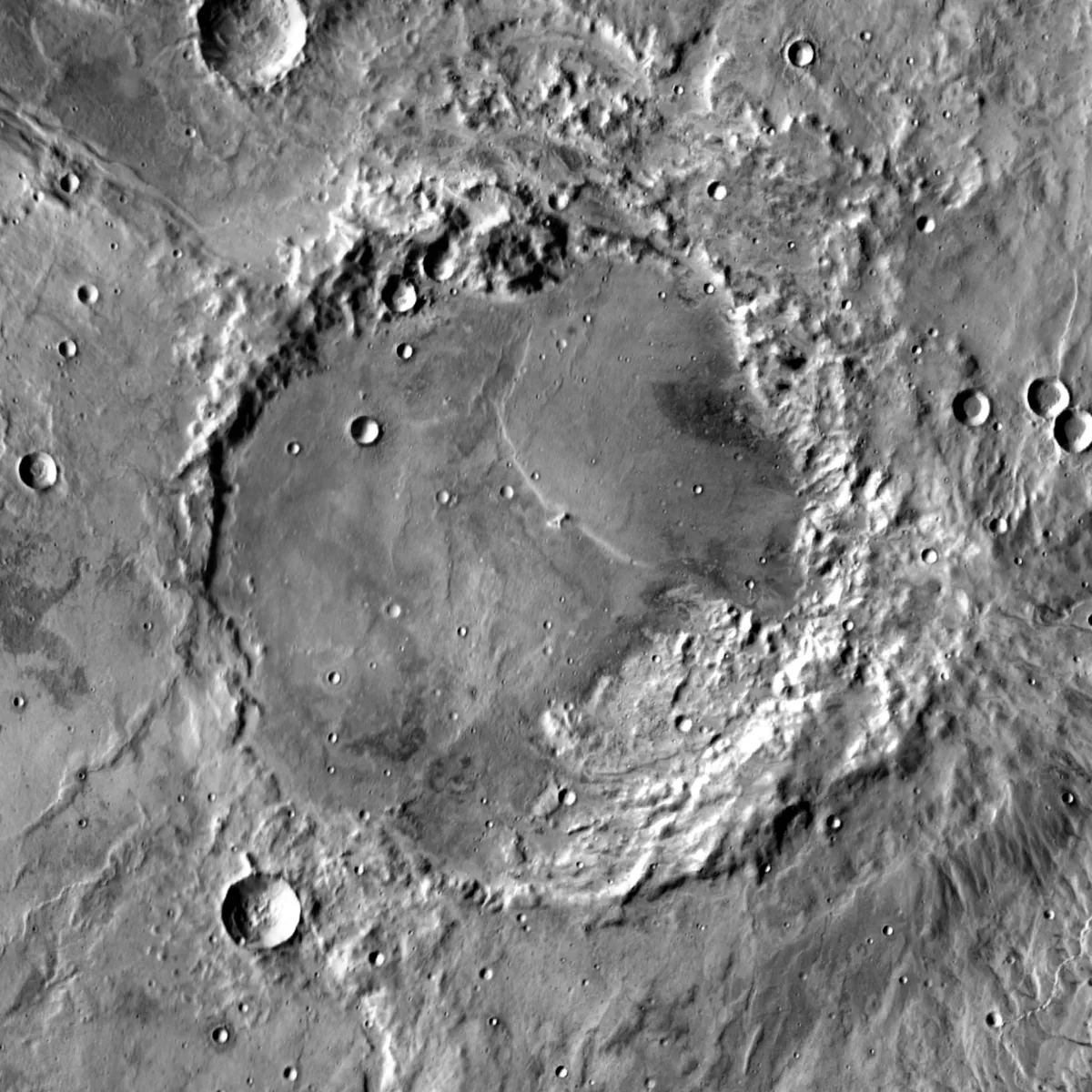Martian crater named after Azerbaijani astrophysicist A historical overview on Caliber.Az
Azerbaijani science has long been renowned for its outstanding representatives. One of the fields where our scientists have consistently achieved significant results is astrophysics. Over decades of diligent work in this area, a strong research foundation has been established, with names known far beyond the country’s borders. One such scientist was Nadir Ibrahimov — a man whose work was recognised internationally and whose name today graces a crater on the surface of Mars.
Nadir Ibrahimov was born in 1932 in a village in the Guba district of Azerbaijan, in a craftsman’s family. He received his secondary education in his native Guba. Even in his youth, showing an interest in exact sciences, he graduated in 1956 from the Faculty of Physics and Mathematics at Azerbaijan State University (now Baku State University).

His diploma supervisor was the renowned Soviet and Azerbaijani astronomer, USSR State Prize laureate, and academician Hajibay Sultanov. It was Sultanov who played a key role in shaping Ibrahimov as a scientist by inviting him to work in the astrophysics sector of the Academy of Sciences of the Azerbaijan SSR.
Working at the Academy marked the beginning of a fruitful scientific career for Ibrahimov. His diploma thesis also became his first scientific publication — an article included in the collection Ephemerides of Minor Planets for 1959. This was a significant step, demonstrating the young scientist’s early involvement in important research.
To deepen his scientific activity, Ibrahimov was sent on assignment to the Kharkiv Observatory. There, in 1966, he defended his Candidate of Sciences dissertation titled Integral Spectrophotometry of Mars under the supervision of the renowned astronomer Nikolai Barabashov. This work, dedicated to the spectral features of the Red Planet, became an important contribution to the development of planetary astronomy and earned high praise from the scientific community.

After returning to Azerbaijan, Ibrahimov began working at the Shamakhi Astrophysical Observatory. At the suggestion of Academician Sultanov, he focused his research on the planets of the Solar System, with particular attention to Mars.
In 1971, Ibrahimov and his colleagues were the first to record the absence of yellow clouds and the appearance of violet clouds on the morning and evening edges of the planet’s disk. Additionally, he established the constant presence of aerosol “clumps” in the atmosphere of Mars — a discovery later confirmed by other methods and observations.
Ibrahimov’s range of interests extended far beyond a single planet. In the same year, 1971, he was appointed head of the Planetary Physics Laboratory. There, he continued his research, turning his attention to Uranus and Neptune. Together with Adalat Atai, he was the first to determine the equivalent thickness of methane in the cloud layer of Uranus’s atmosphere — another scientific achievement ahead of its time.
Unfortunately, Nadir Ibrahimov passed away too early — at the age of 45. Although his scientific career was cut short at its peak, the contribution he managed to make was truly significant. His research, especially in the study of Mars and the giant planets, was later confirmed using modern methods, including data from automated interplanetary probes.
Ibrahimov’s work received high international recognition without delay. In August 1982, at a session of the General Assembly of the International Astronomical Union, a decision was made to name one of the craters on the surface of Mars after “Ibrahimov.” This was not only a tribute to the merits of the Azerbaijani scientist but also a symbolic acknowledgement of our country’s contribution to the exploration of space.

The naming of the Ibrahimov crater on Mars is a vivid example of how work born at the Shamakhi Observatory has become part of global scientific history. His studies not only deepened the understanding of the planets in the Solar System but also cemented the authority of the Azerbaijani school of astrophysics on the world stage.
By Vahid Shukurov, exclusively for Caliber.Az








